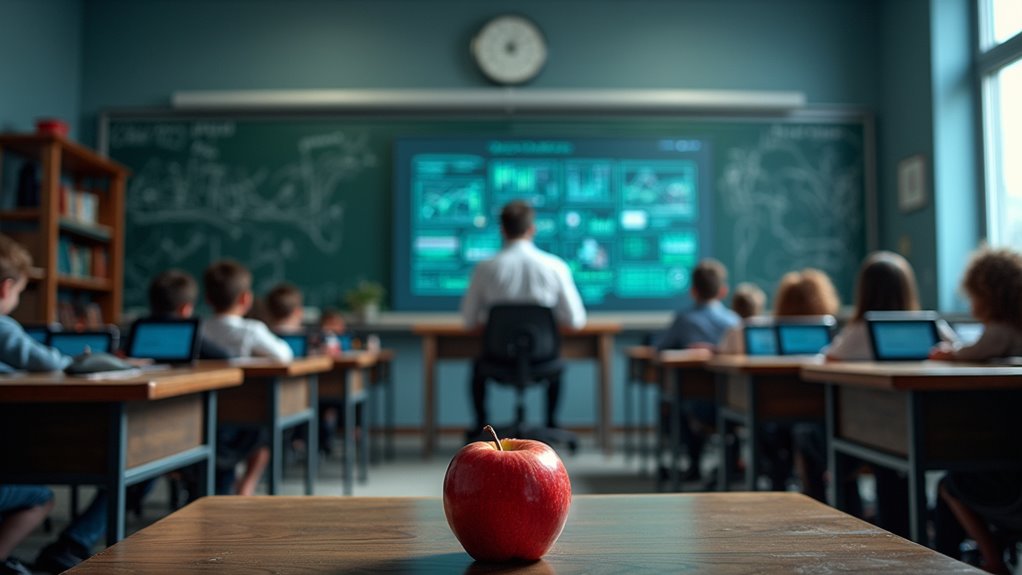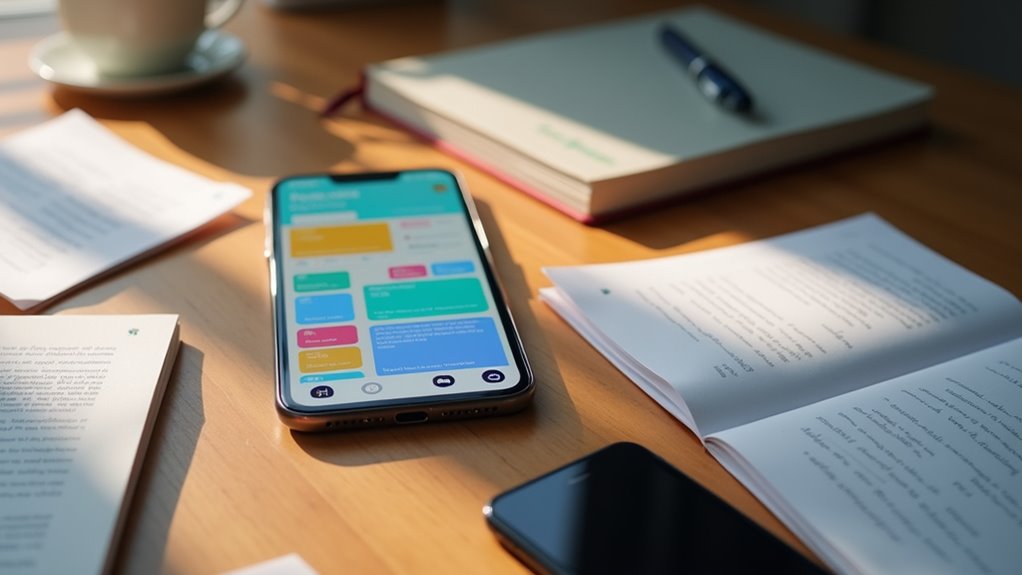AI in K-12 math classrooms is showing up like the new kid with flashy sneakers—impressive, sure, but not everyone’s convinced it belongs. Tools like Khan Academy’s smart quizzes and i-Ready’s personalized drills help kids learn at their own pace, while teachers get a break from grading papers. Yet, between unpredictable Wi-Fi and algorithms that sometimes play favorites, there’s real risk of chaos. Is AI the game-changer math class needed or just another gamble? Stick around, the answer’s just getting interesting.
Let’s face it—math class has never been the stuff of childhood dreams, unless you’re secretly a fan of quadratic equations and long division (no judgment if you are). But in today’s classrooms, AI tools are muscling in, promising to make math lessons less snooze-worthy and maybe, just maybe, more effective.
Think of adaptive learning platforms like Khan Academy or i-Ready. They adjust the difficulty of math problems faster than your favorite streaming service suggests what to binge next. Suddenly, “one-size-fits-all” math is out, and “choose-your-own-adventure” is in.
Adaptive math platforms swap “one-size-fits-all” for “choose-your-own-adventure,” customizing each lesson quicker than your streaming app recommends your next show.
These days, intelligent tutoring systems—picture ALEKS or MATHia—are giving students real-time feedback and personalized learning paths. Got a knack for fractions but crumble at geometry? The AI knows and adapts, serving up just what each student needs (minus the pizza party). These systems leverage immediate feedback capabilities to address specific concepts students may have missed, enhancing their learning experience.
And let’s not forget about those chatbots. Over half of primary teachers now use them, offering always-on support—though, sadly, they don’t hand out gold stars.
Engagement? Through the roof. Interactive visualizations and AI-generated math problems have students tapping, dragging, and solving at a pace that would make even Mario Kart blush. Still, many math teachers lack professional development to integrate AI into instruction, which means the effectiveness of these high-tech tools can vary greatly from classroom to classroom.
Teachers, meanwhile, are breathing easier, thanks to automated grading, quiz creation, and even lesson planning. In fact, about 41% of teachers rely on AI for prepping their lessons, freeing up time for, you know, actual teaching. Co-designing AI tools with educators, students, and school leaders is becoming increasingly important to ensure these technologies are relevant, ethical, and equitable in K-12 classrooms.
But it’s not all sunshine and perfectly balanced equations. There’s a dark side to AI in the classroom:
- *Tech dependence*: What happens when the Wi-Fi dies?
- *Bias*: Sometimes the algorithms just don’t play fair.
- *Training*: Not every teacher is ready to go full Iron Man with AI tools.
- *Equity*: Some students get left behind.
Still, with AI adoption growing (about 19% of primary teachers are in on it), the tech isn’t going anywhere. The future promises even more customization, cooler visualizations, and hopefully, fewer privacy headaches.
Is AI a game-changer or a gamble? Maybe a little of both—just like math itself.









